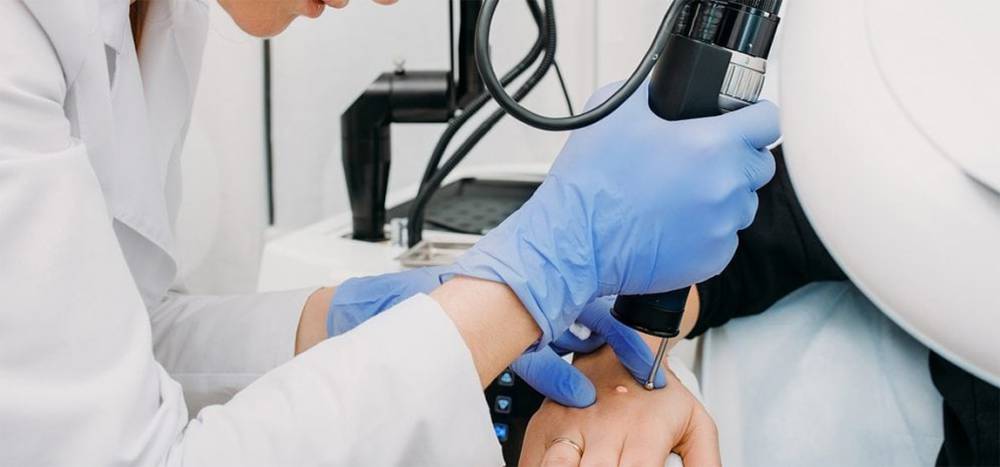What is skin lesions removal?
Skin lesion removal is a procedure or surgery to remove growths on the skin that are too big, bothersome, or uncomfortable. It also has to be removed because it could be cancerous or precancerous, and can be done during a routine visit.
Skin lesions include, but are not limited to:
Skin Tags
Skin tags are small accumulations of skin that may have a stalk (a peduncle) and can appear almost anywhere although most commonly on the eyelids, neck, armpits, upper chest, and groin. These can be removed by direct excision or cryotherapy with liquid nitrogen, and is often considered cosmetic.
Sebaceous Hyperplasia
Sebaceous Hyperplastic is a common disorder of the sebaceous or oil glands in which they become enlarged and appear as yellow, shiny bumps on the face. The treatment of sebaceous hyperplasia is considered cosmetic.
Seborrheic Keratoses
Seborrheic Keratoses usually appear as a brown, black or pale growths on the face, trunk (chest, abdomen and back), or arms and legs. These growths have a waxy, scaly, slightly elevated appearance and are usually painless, but can be removed for cosmetic reasons. Cryotherapy with liquid nitrogen is used to treat these lesions or he may use an electrocautery to destroy them.

